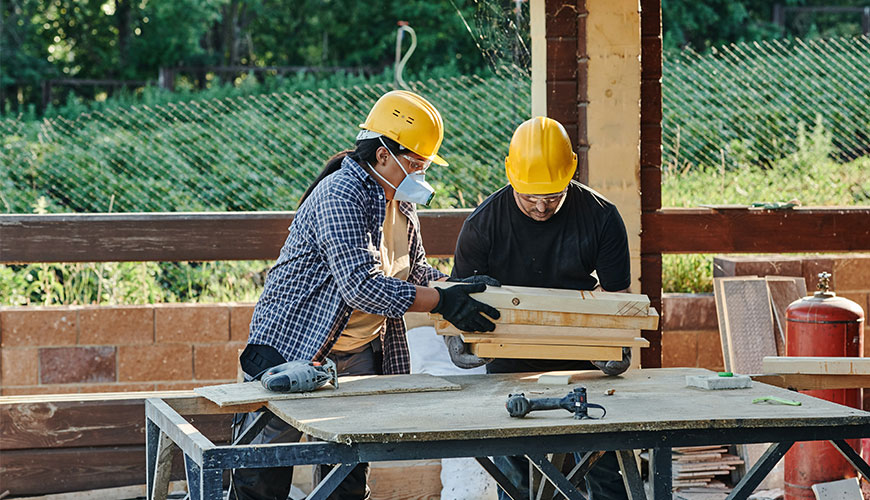Harmonizing Heritage and Sustainability: Carpenters’ Approach to Environmental Consciousness
by siteadmin

In the realm of craftsmanship, carpenters hold a unique position as stewards of tradition and guardians of the environment. As custodians of time-honored techniques and guardians of natural resources, carpenters face the challenge of balancing tradition with environmental consciousness in their craft. In this blog post, we’ll explore how carpenters navigate this delicate balance, embracing sustainable practices while honoring the rich heritage of their trade.
Preserving Heritage Through Traditional Techniques:
Carpentry is steeped in tradition, with centuries-old techniques passed down through generations of craftsmen. From joinery and timber framing to carving and woodturning, these time-honored methods embody the essence of craftsmanship and stand as testaments to the skill and ingenuity of carpenters past. Today, many carpenters continue to uphold these traditions, drawing inspiration from the craftsmanship of yesteryear and infusing their work with a sense of heritage and authenticity.
Embracing Sustainable Materials and Practices:
In an age of environmental awareness, carpenters are increasingly turning to sustainable materials and practices to minimize their ecological footprint. FSC-certified wood, reclaimed timber, and recycled materials are favored choices for eco-conscious carpenters, offering renewable alternatives to virgin lumber and reducing the demand for deforestation. Additionally, sustainable forestry practices, such as selective harvesting and agroforestry, help ensure the long-term health and vitality of forests, preserving habitats and biodiversity for future generations.
Innovating with Eco-Friendly Technologies:
Advancements in technology have empowered carpenters to embrace eco-friendly innovations in their craft. Solar-powered tools, energy-efficient machinery, and low-emission finishes are just a few examples of how carpenters are harnessing technology to reduce their environmental impact. Additionally, digital design software and CNC machining enable carpenters to optimize material usage, minimize waste, and achieve greater precision in their work, leading to more sustainable and efficient construction practices.
Educating and Advocating for Sustainability:
As ambassadors of their trade, carpenters play a vital role in educating clients, colleagues, and communities about the importance of sustainability in construction. By sharing their knowledge and expertise, carpenters can raise awareness about the environmental impact of traditional building practices and inspire others to adopt more sustainable alternatives. Whether through workshops, seminars, or community outreach initiatives, carpenters have the power to advocate for positive change and foster a culture of environmental consciousness within their industry.
Carpenters occupy a unique intersection of tradition and innovation, blending centuries-old techniques with modern advancements in sustainability. By embracing sustainable materials, practices, and technologies, carpenters can honor the heritage of their craft while safeguarding the health and vitality of the planet for future generations. As stewards of tradition and guardians of the environment, carpenters have the opportunity to lead by example, demonstrating that craftsmanship and sustainability can coexist harmoniously in the pursuit of a brighter, greener future.
In the realm of craftsmanship, carpenters hold a unique position as stewards of tradition and guardians of the environment. As custodians of time-honored techniques and guardians of natural resources, carpenters face the challenge of balancing tradition with environmental consciousness in their craft. In this blog post, we’ll explore how carpenters navigate this delicate balance, embracing…
Recent Posts
- Carpenters’ Corner: Exploring Essential Woodworking Tools and Their Uses
- Pergolas: Enhancing Outdoor Spaces and Reducing Stress
- Choosing the Right Installation Method for Flooring: A Comprehensive Guide
- Understanding Color Psychology in Flooring: Transform Your Space with the Right Hues
- Elevate Your Space: Custom Closets Embracing Design Trends and Inspirations
